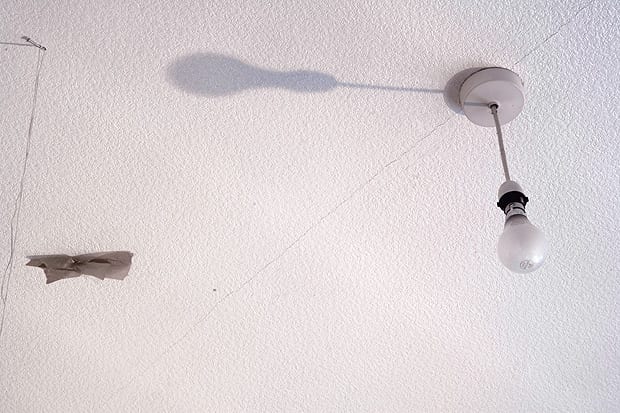
words William Wiles
Across the world, the lights are going out. The incandescent light bulb is being swept away for the good of the environment, to be replaced with fluorescent long-life bulbs and LEDs. A device that has been, for years, the epitome of the utilitarian, prosaic, mass-produced household product has been suddenly recast in the role of criminal – and has, at the same time, revealed its romance, its unique virtues and its cultural importance. Doomed by profligacy, it will be as relevant to the 21st century as the gaslight was to the 20th.
It may have come to symbolise the “eureka” moment, but the incandescent light bulb was the work of many minds over many years. Humphry Davy demonstrated electrical incandescence – whereby a metal heated by an electrical charge running through it produces light – in 1802. 0ver eight decades designers experimented with a variety of materials, including carbonised bamboo, for the filament, and in 1840 Warren de la Rue enclosed an incandescent light in a vacuum tube. Glass bulbs of this kind prevented the atmosphere from reacting with the filament, and the oxygen around the hot metal from combusting. In the late 1870s, British physicist Joseph Wilson Swan and American inventor Thomas Edison were both separately engaged in developing incandescent bulbs for the home. By 1880 both had products on the market, as did American Hiram Maxim. Light is a precious commodity, and it quickly became cheap and plentiful. Thousands of lives were saved as accidents and explosions were reduced; thousands more were saved from the blindness that working in poor light brought on. Rooms could be filled with bright, warm, even light at the flick of a switch. The light bulb transformed homes, workplaces and cities. Now, the industrial centres of the world blazed so brightly that they drowned out the stars.
But the incandescent light bulb was even more significant than that. It was the first electrical appliance, and as much as selling light as a product, it sold electrification. Electrical power grids were first built to provide lighting; it was electricity’s “killer app”. Light bulbs are ubiquitous and banal to the extent that replacing them became the globally identical “everytask” at the heart of a genre of jokes poking fun at different careers, social groups and nationalities. They came to be associated with home after fluorescent strip-lights began to monopolise the workplace. They were also made homely by becoming a focus for shades and decoration. A bare, dangling bulb is too harsh for even the most minimal interiors. It’s a sign of unseen places: utility cupboards, police interrogation rooms, haunts of poverty. But the incandescent light bulb’s wasteful ways have been its undoing. Even the heat produced by the billions of bulbs in existence has gone unused. The bulb’s short life and non-recyclable nature doesn’t help. This is how it ends – not with a bang, but with a pop and the whisper of a broken filament against thin glass.

















